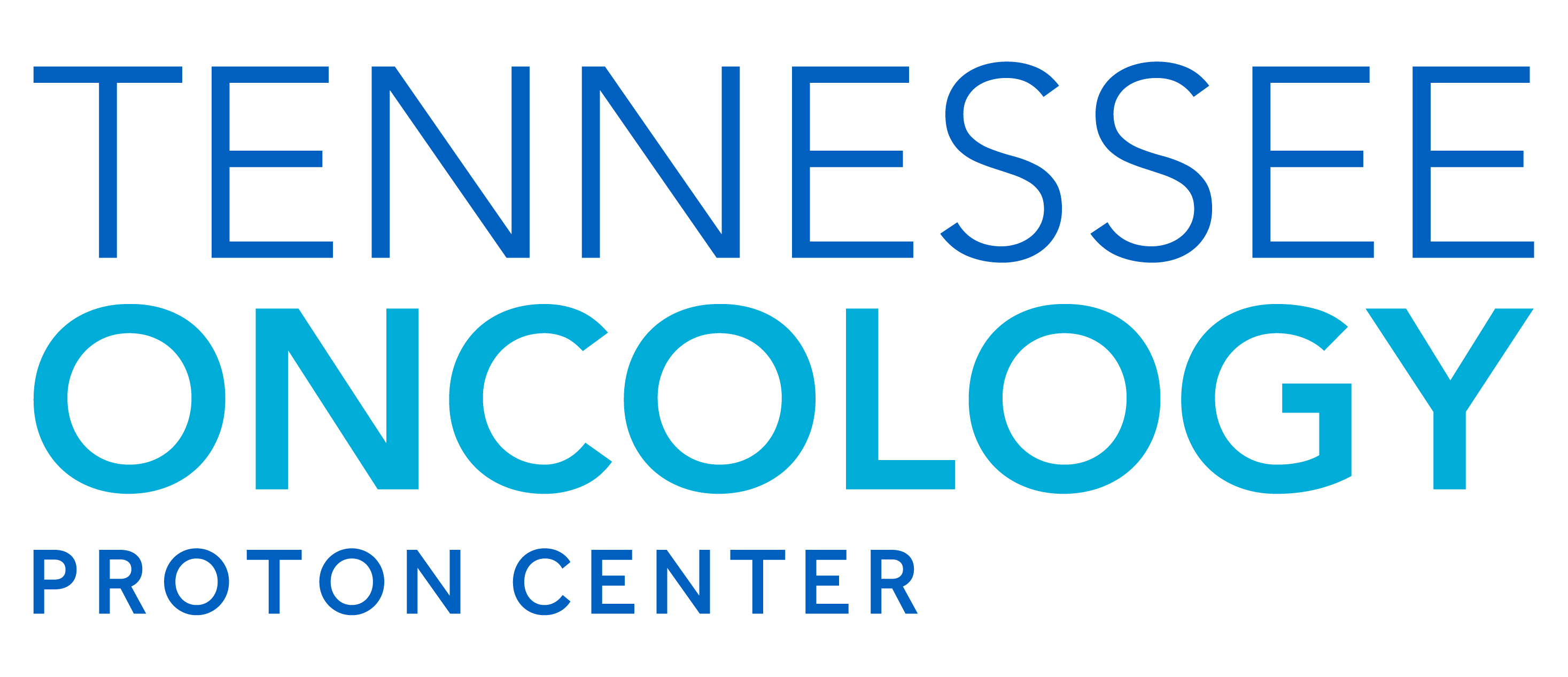Precision in Every Breath: How AI is Revolutionizing Lung Tumor Targeting for Radiation Therapy
Estimated Reading Time: 6 minutes
Table of Contents
1. The Power of AI in Cancer Care: A New Era of Precision
At Tennessee Oncology Proton Center, we are continuously exploring and adopting the latest advancements in cancer treatment to provide our patients with the most effective and precise care possible. One of the most exciting frontiers in medical innovation is Artificial Intelligence (AI), and its application in radiation oncology is showing remarkable promise, especially for challenging cases like lung tumors. Imagine a future where AI helps doctors pinpoint cancerous cells with unprecedented accuracy, even as a patient breathes. This future is rapidly becoming a reality. An article published on Medical Xpress highlights significant progress in this area, focusing on how AI is empowering physicians to more effectively target lung tumors for therapy [Medical Xpress].
2. The Challenge: Targeting Tumors with Unwavering Accuracy
Radiation therapy is a cornerstone of cancer treatment, relying on extreme precision to deliver high-dose radiation to destroy cancer cells while meticulously sparing surrounding healthy tissue. For lung tumors, this precision is even more critical due to the constant movement of the lungs with each breath. Currently, the process of outlining the exact size and location of a tumor—known as tumor segmentation—is often performed manually by oncologists. This manual process is time-consuming, can vary between individual doctors, and carries the risk of overlooking critical tumor areas, which could impact treatment effectiveness [RamaOnHealthcare].
3. Introducing iSeg: An AI Breakthrough for Lung Cancer
Groundbreaking research from Northwestern Medicine scientists is poised to revolutionize this aspect of radiation oncology. They have developed an innovative AI tool called iSeg. This 3D deep learning tool is specifically designed to accurately outline lung tumors on CT scans, even as they move with a patient’s breathing [ScienceDaily]. Unlike earlier AI tools that focused primarily on static images, iSeg’s ability to track tumor movement is a crucial factor for effective radiation planning, especially for lung cancers.
The iSeg tool was rigorously trained using CT scans and tumor outlines painstakingly drawn by doctors from hundreds of lung cancer patients across nine different hospitals. This extensive training dataset is far larger than those used in many previous studies, enhancing the AI’s robustness and accuracy [ScienceDaily].
4. Beyond Accuracy: Benefits for Patients and Clinicians
The development of iSeg offers multiple benefits for both patients and their care teams:
- Unmatched Accuracy: In trials, iSeg matched the accuracy of expert oncologists in outlining lung tumors [RamaOnHealthcare, ScienceDaily].
- Improved Consistency: By automating and standardizing tumor contouring, the AI tool can help ensure a more consistent approach to treatment planning across different institutions [ScienceDaily].
- Detection of Missed Areas: Remarkably, iSeg was able to identify additional areas of cancer that some doctors might have missed during manual contouring. These missed areas, if left untreated, were linked to worse patient outcomes, suggesting iSeg’s potential to catch high-risk regions that could otherwise go unnoticed [ScienceDaily].
- Enhanced Efficiency: By streamlining the tumor segmentation process, iSeg can help reduce treatment planning delays, allowing patients to begin their vital radiation therapy sooner [ScienceDaily].
It’s important to emphasize that iSeg is designed to assist physicians, not replace them. It provides an additional layer of consistency and efficiency, allowing doctors to verify and modify the contours as needed, ensuring that clinical expertise remains central to decision-making [YouTube – New AI tool used to help map lung tumors at Northwestern Medicine].
5. What This Means for the Future of Radiation Oncology
The successful development and testing of iSeg mark a significant milestone in radiation oncology. Researchers are optimistic that this foundational tool could standardize and enhance how tumors are targeted, particularly in settings where access to highly specialized expertise might be limited [ScienceDaily]. Furthermore, the model is being expanded for testing on other cancer types, including head and neck, prostate, and brain tumors, promising a broader impact across oncology [YouTube – New AI tool used to help map lung tumors at Northwestern Medicine].
At Tennessee Oncology Proton Center, we are excited about these advancements and their potential to further improve the precision and effectiveness of our radiation therapy treatments, ultimately leading to better outcomes and a brighter future for our patients.





